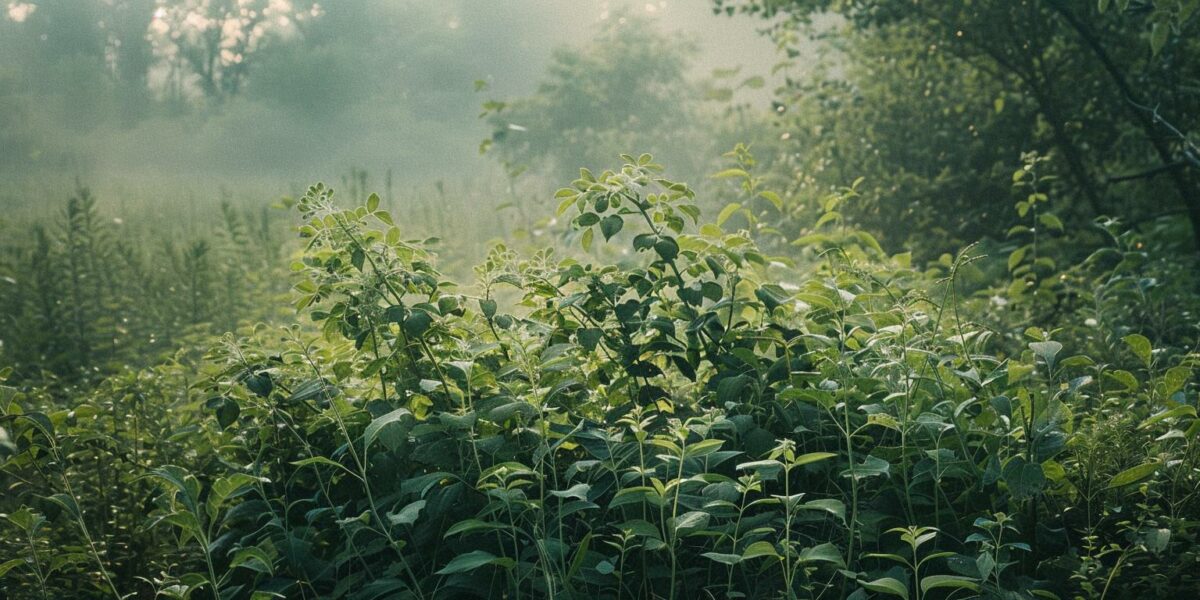Invasive Species: A Growing Crisis Fueled by Climate Change
Invasive species, such as the Burmese python and zebra mussel, are wreaking havoc on the United States’ ecosystems. These species are thriving due to climate change, which allows them to invade new territories and disrupt local environments.
Dr. Robert C. Venette, a biologist with the USDA Forest Service, is closely monitoring various invasive species. His work highlights the complexity of predicting their impact as rising temperatures enable these species to move further north and become more abundant.
“We’re still dealing with the consequences of past climate changes,” says Venette. As the climate warms, invasive species are active earlier in the year and in greater numbers, making it harder to manage their spread.
Dr. Chelcy Miniat from the USDA Rocky Mountain Research Station points out that multiple factors determine which invasive species will thrive. These include direct climate impacts, changes in available resources, and human activities that alter the environment.
The Role of Climate Change in Invasive Species Proliferation
According to a comprehensive report, climate change is expanding the range of invasive species like the Japanese honeysuckle in North America. These species adapt to new conditions, allowing them to invade previously inhospitable areas.
Dr. Rob Progar from the USDA’s Sustainable Forest Management Research stresses that invasive species reduce our ability to adapt to climate change. They alter ecosystem structures, making them more vulnerable to other stressors like temperature extremes and drought.
Progar emphasizes the need for integrating invasive species management into climate adaptation plans. This includes supporting networks and programs focused on early detection and rapid response.
Key strategies to manage invasive species involve:
- Enhancing national and regional networks
- Ensuring up-to-date climate data usage
- Investing in long-term management
Community Involvement in Combating Invasive Species
Dr. Chelcy Miniat highlights the importance of collaborative efforts between scientists, landowners, and public agencies. Citizen science plays a crucial role in early detection and reporting of invasive species.
One notable case is the mountain pine beetle in Canada. Warmer winters have allowed this species to spread beyond its native range, threatening forests that are vital for carbon sequestration.
Progar warns that an outbreak of these beetles could turn forests from carbon sinks to carbon sources, further exacerbating climate change. Reducing the impacts of invasive species is essential for maintaining ecosystem resilience.
Venette encourages the public to use apps like iNaturalist for reporting sightings of invasive species. “Knowing their locations is critical for developing management plans,” he says.
Hope for the Future: Mitigating the Impact of Invasive Species
Despite the challenges posed by climate change and invasive species, there is hope for preserving ecosystems. Venette believes that with limited future climate change, we can slow down the rate of ecosystem changes.
Progar adds that reducing nature-based solutions like carbon sequestration is not an option. Instead, we should focus on increasing the resilience of coastal communities and protecting biodiversity.
Venette remains optimistic that, with the right measures, we can protect cherished ecosystems from further damage. He urges everyone to stay vigilant and proactive in monitoring and reporting invasive species.
“We’re still witnessing the effects of past climate changes, but we have the power to slow down future impacts,” says Venette. “With concerted efforts, we can help ecosystems retain their core structure and function.”



james_oracle3
Can local communities really make a difference in combating invasive species, or is it mostly up to larger organizations?
IsabelleOdyssey4
This was really informative, but it’s depressing to think our actions have such far-reaching consequences. 😢
jackfrost
I’m curious, how do scientists predict which species will become invasive due to climate change?
Oliver
Interesting read! What role do pets and exotic animals play in spreading invasive species? 🐍
rubyechoes
Great article, but it seems a bit alarmist. Are there any positive outcomes from invasive species?
Harmony_Amethyst
Are there any specific invasive species that are particularly worrisome in urban areas?
diego
Wow, I never realized invasive species could impact climate change so much. This is eye-opening!
avery
Thanks for shedding light on this issue! How can the average person help combat invasive species?